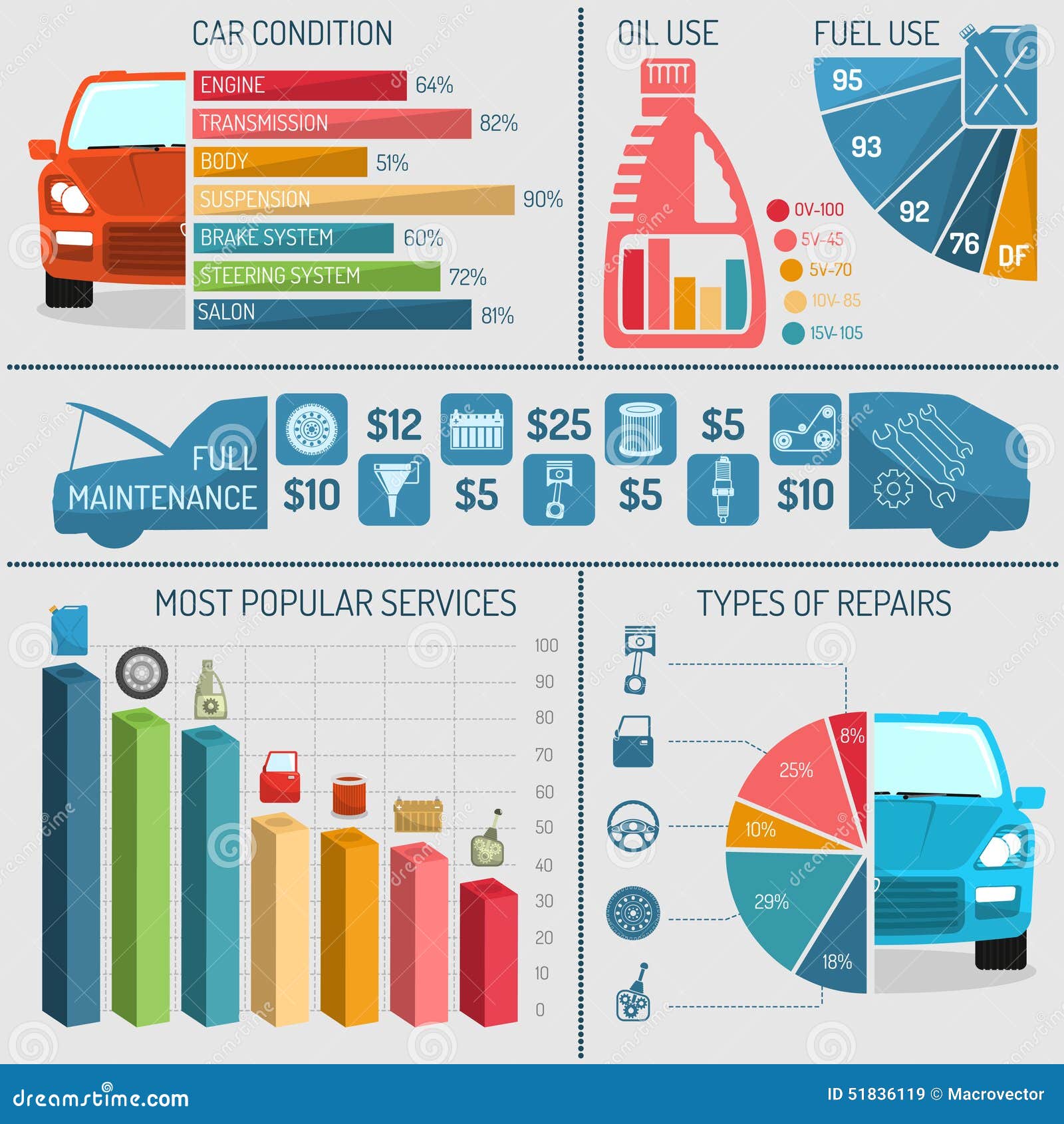Assessing Your Automobile'S Caution Indicators: What They Truly Convey
Assessing Your Automobile'S Caution Indicators: What They Truly Convey
Blog Article
Article Created By-Faulkner Dalgaard
When you're behind the wheel, those glowing warning lights on your control panel can be a bit puzzling. Do you know what they're attempting to tell you regarding your automobile's wellness? Recognizing the importance of these lights is important for your safety and security and the durability of your car. So, the next time among those lights turns up, would not you want to decipher its message accurately and take the required steps to resolve it?
Common Warning Lights and Interpretations
Recognize typical caution lights in your cars and truck and comprehend their definitions to ensure risk-free driving.
One of the most normal caution lights include the check engine light, which signals concerns with the engine or emissions system. If this light begins, it's critical to have your car inspected immediately.
The oil stress warning light suggests reduced oil pressure, needing instant interest to stop engine damage.
A blinking battery light could recommend a defective charging system, possibly leaving you stranded if not addressed.
The tire pressure monitoring system (TPMS) light signals you to reduced tire pressure, influencing vehicle security and fuel effectiveness. Ignoring this can bring about harmful driving problems.
The abdominal light indicates a trouble with the anti-lock stopping system, jeopardizing your capacity to stop rapidly in emergency situations.
Finally, the coolant temperature level warning light warns of engine overheating, which can result in serious damage if not resolved promptly.
Understanding look at these guys will certainly assist you resolve issues promptly and keep safe driving conditions.
Importance of Prompt Attention
Comprehending the usual warning lights in your auto is just the primary step; the value of immediately resolving these cautions can not be stressed sufficient to guarantee your security when driving.
When a warning light illuminates on your dashboard, it's your cars and truck's way of connecting a potential concern that requires attention. Neglecting these cautions can result in extra severe troubles later on, compromising your safety and security and possibly costing you extra in repairs.
Prompt attention to alerting lights can avoid malfunctions and accidents. For example, a flashing check engine light can suggest a misfire that, if left ignored, might create damage to the catalytic converter. Addressing this promptly can save you from an expensive fixing.
Likewise, a brake system alerting light could indicate reduced brake liquid or used brake pads, essential components for your safety and security when driving.
Do It Yourself Troubleshooting Tips
If you discover a caution light on your dashboard, there are a couple of DIY repairing suggestions you can try before seeking professional assistance.
The primary step is to consult your cars and truck's handbook to comprehend what the details caution light indicates. In some cases the concern can be as easy as a loosened gas cap setting off the check engine light. Tightening the gas cap may deal with the issue.
Another usual issue is a reduced battery, which can set off various cautioning lights. Checking the battery connections for deterioration and ensuring they're safe may take care of the problem.
If a caution light continues, you can try resetting it by detaching the car's battery for a couple of mins and then reconnecting it. Furthermore, inspecting https://www.bankrate.com/loans/auto-loans/average-car-maintenance-costs/ , such as oil, coolant, and brake fluid, can assist fix warning lights associated with these systems.
Conclusion
Finally, recognizing your car's warning lights is essential for maintaining your vehicle running efficiently and safely. By quickly attending to these informs and knowing what they mean, you can stay clear of costly repair work and prospective failures.
Remember to consult your vehicle's handbook for particular details on each warning light and take action as necessary to ensure a trouble-free driving experience.
Stay notified, remain risk-free when driving!
